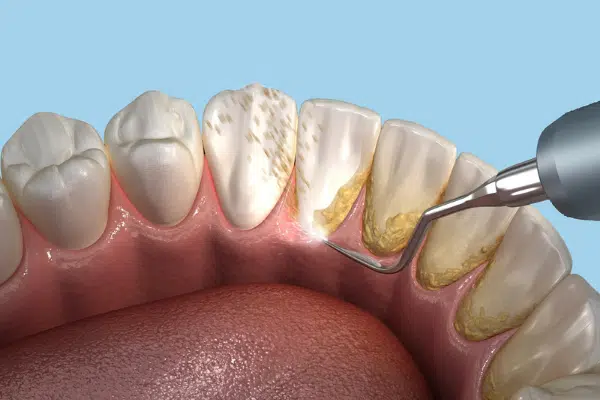If you’ve ever wondered what happens during a professional teeth cleaning, you’re not alone. Many people are unsure about what to expect beyond “just getting their teeth cleaned.” In reality, a professional Teeth Cleaning Treatment is a multi-step process that not only removes plaque and tartar but also protects your overall oral health. It’s one of the most effective preventive measures you can take to maintain a healthy, confident smile.
Initial Examination and Assessment:
Your appointment usually begins with a brief yet thorough examination. A dental hygienist will start by checking your teeth and gums for any signs of concern before beginning the cleaning process.
This step typically includes:
- Using a small mirror to examine all areas of your mouth
- Checking for signs of gingivitis, cavities, or other dental problems
- Noting any changes or areas of concern for the dentist to review
- Asking about any pain, sensitivity, or issues you’ve experienced
This initial check ensures the cleaning is done safely and effectively, tailored to your oral health needs.
Scaling: Removing Plaque and Tartar
The main part of the cleaning begins with scaling, where hardened plaque (tartar) is gently scraped off your teeth using special tools. This step is crucial because tartar cannot be removed by brushing alone.
During scaling, the hygienist will:
- Focus on areas along and below the gum line
- Use manual tools or ultrasonic devices to break up tartar
- Remove plaque that causes tooth decay and gum disease
- Ensure all surfaces of each tooth are clean and smooth
This deep-cleaning process helps prevent cavities, gingivitis, and more serious periodontal issues.
Polishing for a Brighter Smile:
Once scaling is complete, the next step is polishing. This not only makes your teeth look and feel smooth but also removes minor surface stains that can dull your smile.
Polishing typically involves:
- Applying a mildly abrasive polishing paste to your teeth
- Using a high-powered electric brush to buff and shine
- Removing surface discoloration caused by coffee, tea, or tobacco
- Creating a smooth surface that makes it harder for plaque to stick
This step leaves your mouth feeling fresh and your teeth visibly cleaner and brighter.
Flossing and Final Rinse:
After polishing, your hygienist will floss between your teeth to remove any debris left behind and to check for any areas of bleeding or tenderness. This is followed by a final rinse to wash away loose particles and polish residue.
This step includes:
- Professional flossing to target hard-to-reach spaces
- Identifying areas that may need more at-home care
- Rinsing with water or a fluoride solution
- Leaving your mouth clean and refreshed
These final touches ensure every part of your mouth gets attention during the visit.
Optional Fluoride Treatment:
Depending on your needs, your dentist or hygienist may recommend a fluoride treatment at the end of the Teeth Cleaning. Fluoride strengthens tooth enamel and helps prevent cavities, especially in patients prone to decay.
The fluoride process typically involves:
- Applying a flavored gel, foam, or varnish to your teeth
- Letting it sit for a minute or two to bond with the enamel
- Advising you to avoid eating or drinking for 30 minutes afterward
- Providing added protection between dental visits
This step is especially helpful for children, teens, or adults with sensitive teeth or weakened enamel.
What to Expect After Your Cleaning?
Now that you know what happens during a professional teeth cleaning, it’s important to know what to do afterward. Most people leave feeling refreshed and clean, but you may experience slight sensitivity if a lot of tartar was removed.
Aftercare tips include:
- Avoid eating or drinking for at least 30 minutes if fluoride was applied
- Brush and floss regularly to maintain results
- Schedule your next cleaning in 6 months for optimal oral health
- Follow your dentist’s advice for any specific concerns noted during the visit
- Drink water and maintain a healthy diet to support your smile
Regular cleanings are not just about appearances—they're essential for preventing long-term dental issues and supporting total wellness.

